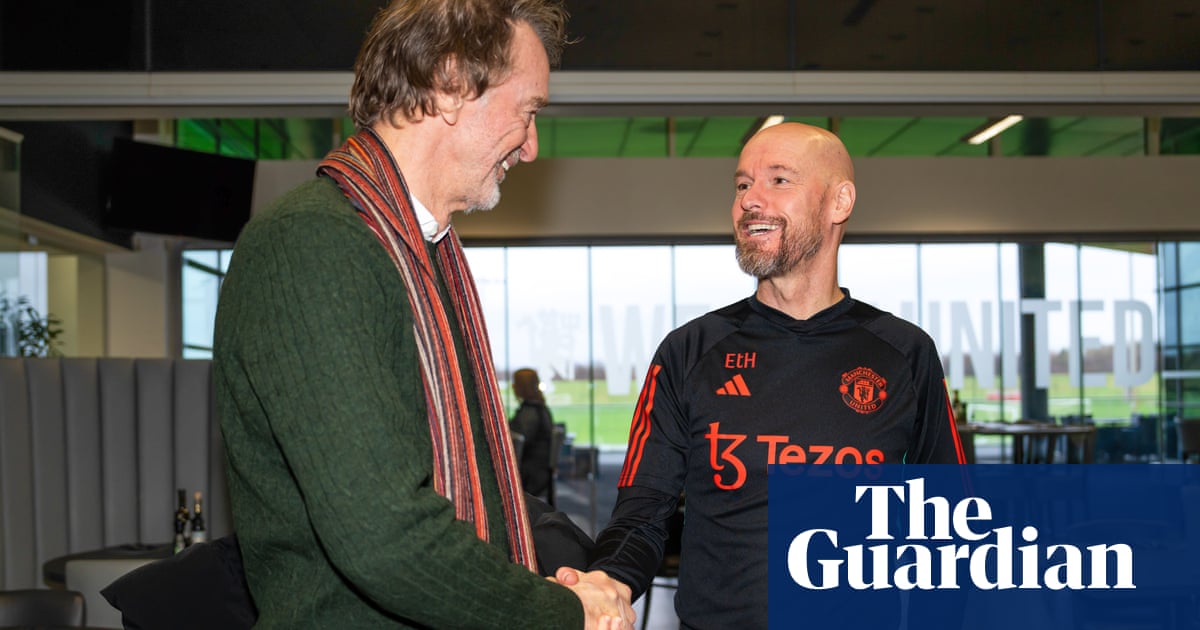
Social distancing will be needed until at least the end of the year to prevent fresh outbreaks of coronavirus even though the UK has reached the peak of the current epidemic, the government’s chief medical officer has said.
Prof Chris Whitty, the UK’s most senior medic, said it was important to be realistic that “highly disruptive” social distancing would need to be in place for “really quite a long period of time”.
He said there was only an “incredibly small” chance of a vaccine or treatments being ready for use this year, and social distancing would have to stay in place to suppress outbreaks until then.
His stark assessment dampened hopes that the lockdown would be largely removed when it is reviewed in just over a fortnight.
“We have to be very realistic,” he said. “If people are hoping it’s suddenly going to move from where we are in lockdown to where suddenly into everything is gone, that is a wholly unrealistic expectation.
“We are going to have to do a lot of things for really quite a long period of time, the question is what is the best package and this is what we’re trying to work out.
“If you release more on one area, you have to keep on board more of another area so there’s a proper trade-off and this is what ministers are having to consider.”
In other developments:
Figures showed 759 people were reported to have died in the UK of coronavirus in the previous 24 hours.
Keir Starmer, the Labour leader, and other opposition MPs raised concerns that the outbreak may still be worsening in care homes, but the picture is unclear because the government is not providing up-to-date data on deaths.
The government came under continued pressure for ignoring offers of personal protective equipment from companies, with Labour highlighting 36 cases of offers that received no response.
Matt Hancock, the health secretary, said contact tracing would be introduced at a “large scale”, and an NHS app for tracing was in an advanced state of development.
Earlier, Hancock had fuelled hope of the lockdown ending soon by telling the House of Commons the UK was “at the peak” of the virus.
Dominic Raab, who is deputising for the prime minister, sounded a slightly more cautious note than Hancock at the daily No 10 press conference, saying “we are coming through the peak” but the UK is “not out the other end yet”.
Conservative MPs are growing increasingly fractious about the effects of the lockdown on business and held a conference call of the 1922 Committee of backbench Tories on Wednesday where many expressed a desire to see it lifted as soon as possible in early May.
However, speaking alongside Raab, Whitty made clear that it would be a long downward slope out of the current peak in terms of falling infections and deaths.
He refused to be drawn on how the UK could begin to ease the lockdown but said a combination of measures could make sure the rate of transmission – known as R – is kept below 1. This means each case spreads the virus to fewer than one other person.
“In the long run, the exit from this is going to be one of two things, ideally,” he said. “A vaccine, and there are a variety of ways they can be deployed ... or, and/or, highly effective drugs so that people stop dying of this disease even if they catch it, or which can prevent this disease in vulnerable people.
“Until we have those – and the probability of having those any time in the next calendar year are incredibly small, and I think we should be realistic about that – we’re going to have to rely on other social measures, which of course are very socially disruptive as everyone is finding at the moment.
“But until that point, that is what we will have to do but it will be the best combination that maximises the outlooks but it’s going to take a long time and I think we need to be aware of that.”
Hancock has begun to emphasise that the formula of “test, trace and isolate” would be key to exiting the lockdown and suppressing new outbreaks.
“We are ramping up our testing capacity and our capacity for contact tracing in a matter of weeks,” he told the House of Commons. However, the UK is still a very long way off Hancock’s target of 100,000 tests a day by the end of next week.
The latest government figures showed less than half the testing capacity was used in the 24 hours up to 9am on Tuesday, with capacity at 41,398 and only 18,206 tests carried out.
Whitty also stressed that testing would have to be combined with other social distancing measures. The government’s scientific advisory group for emergencies (Sage) is still considering whether the use of non-medical face masks in some public places could be recommended, despite previous guidance that they are not effective.












